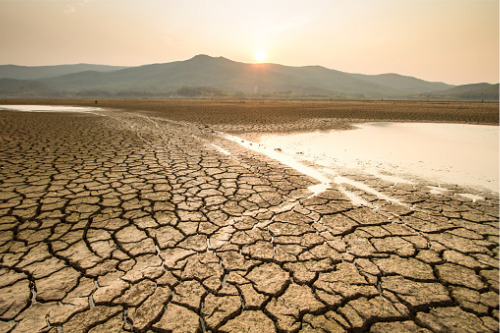

Year-over-year there has been an increase in severe weather events and the Canadian federal government is now working with the insurance industry on a National Adaptation Strategy after the United Nations Intergovernmental Panel on Climate Change (IPCC) announced a “code red for humanity.”
The federal government recently released the National Adaptation Strategy Consultation Report, and Craig Stewart, the VP of federal affairs at the Insurance Bureau of Canada (IBC), spoke to Insurance Business about the timely and critical nature for solidifying this strategy within the next 15 months.
Stewart noted that there are two parallel efforts underway. The first being the development of a comprehensive national flood action plan, which includes relocation through home buyouts, having a public-private partnership around the high-risk flood insurance pool, infrastructure investments, improvements of flood mapping, and introducing a home and community rating system that enables the private sector to gauge climate readiness.
Flooding is the most pervasive climate threat to Canadian communities, said Stewart. The federal government has been studying the UK and American flood insurance models, and members of the insurance industry have been collaborating with federal and provincial representatives to design a national flood insurance program in Canada.
A national taskforce has also been appointed by the minister of public safety to develop a flood program and to look at how a high-risk insurance pool would be designed. “The federal government is currently conducting actuarial analysis to cost out each of those options for national flood insurance,” said Stewart.
“This will help us put in place the financial incentives needed to encourage people and municipalities to protect themselves,” Stewart added.
The second effort is the national adaptation strategy - which includes flood work, but also incorporates protecting Canadians from wildfire, heat, wind, and hail. Five advisory tables have been appointed to help create the strategy with an expectation of completing a comprehensive framework by fall 2022.
“We need to do a better job at pricing climate risk,” said Stewart. “We put a lot of effort into pricing carbon emissions and creating a financial framework on the climate mitigation side, but we haven’t done enough on creating financial instruments that encourage investment and adaptation.”
Early consultations around adaptation strategy have exposed the need for national targets and systematic solutions. “The private sector has a role to play in investing - we can’t only rely on the government to be funding adaptation,” said Stewart.
For the public-private sectors to collaborate, the innovation of financial tools will be essential.
“Adaptation needs are manifested differently in different areas of the country,” Stewart explained. “We need a way that we can nest local action under a national strategy - and to do that we need a systemic approach.”
